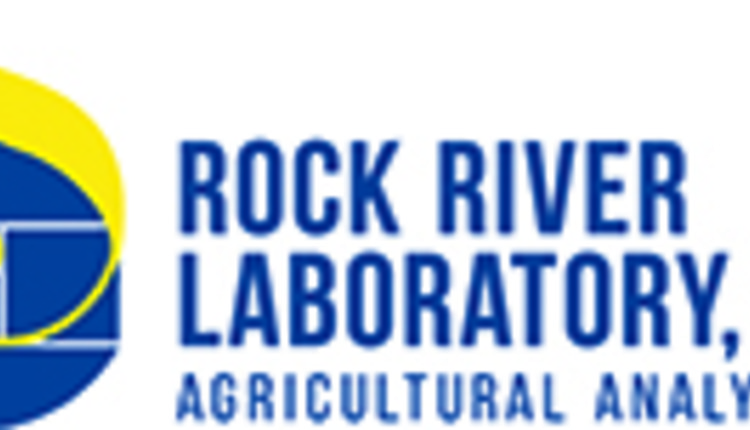Review Animal Health Challenge Areas to Assess Feed Hygiene |
|
|
Dairy and beef producers should first identify poor feed hygiene contributors in order to best combat their effectsThis item has been supplied by a forage marketer and has not been edited, verified or endorsed by Hay & Forage Grower.  “These anti-nutritional factors arise from feed contaminations and management practices like dirty buckets, tracking dirt into feed, spoiled feed polluting fresh feed in mixers, and bird excrement, in addition to being field-borne,” explains Goeser. Four Contributors Regardless of how the contamination occurs, Goeser explains that animal health challenges likely spawn from multiple compounding factors and he focuses upon four major contributing categories. “The first thing producers and their consultants should do is identify what they are dealing with,” advises Goeser. “Review the four contributing areas, then utilize analysis and on-farm assessment to determine what the animals are up against.” 1) Fungal contamination: Mold, yeast and mycotoxins “Mold, yeast and mycotoxins are relatively well understood compared to other factors here, but there is always more to learn,” says Goeser. He recommends analyzing feedstuffs that are suspect for any of these anti-nutritional factors. “Depending on the analysis chosen, a producer can determine the level of the mold, yeast or mycotoxin in the feed, and in some cases, even identify the species.” 2) Environmental and Management Stress “Temperature swings, overcrowding, poor cow comfort, or anything else that stresses animals can contribute to a less than optimal immune system responses,” explains Goeser. He shares that when an animal is stressed, cortisol is released, which in turn suppresses the immune system’s ability to fight pathogens, ultimately showcasing itself in the form of a sick animal. 3) Nutritional Stress “Nutritional stressors such as variations in feeding, inconsistent feed delivery or slug feeding, not pushing feed up frequently enough, delivering the wrong diet, or poor starch digestibility can really wreak havoc – especially on ruminants,” states Goeser. He explains that ill starch digestibility can result in an influx of grain into the hindgut. “If it doesn’t digest in the rumen, compensatory digestion in the small intestine takes place, which may provide an environment for pathogenic, opportunistic fungi or bacteria.” 4) Pathogenic or efficiency-robbing bacterial load “A successful fermentation should wipe out many bad bacteria,” says Goeser. “For example, enterobacterial populations, which are generally undesirable, have been shown to be completely eliminated by a successful silage fermentation.” He adds that keeping bacteria at bay or killing them off is part of the fermentation process. However, inadequate fermentation from oxygen infiltration via poor seals or plastic damage, aerobic feed spoilage, or feed contamination at feed-out (i.e. mud or manure getting into the TMR) can result in the presence of bad bacterial loads. Every Farm is Different “Each farm is a petri dish, and each farm is different,” says Goeser. “Producers should consider that which they can’t see – there is a lot more going on than meets the eye.” Goeser cites various areas as possible contributors to the continually growing feed contaminations, including greater anti-nutritional factors in the fields following changes in tillage practices or warmer and wetter conditions. Rock River Laboratory has also recognized a seemingly linear increase in log counts of feedstuff fungal measures for the past five to seven years. “Cows can usually fight off the low-level factors without an impact on their health,” says Goeser. “But increased contaminant intakes with today’s high producing herds, combined with mycotoxins or stress, are bringing high-production cows to breaking points.” Merging Veterinary and Nutritional Science As bacterial challenges arise and grow into clinical outbreaks, a veterinarian’s insight may be needed to assess and provide antibiotics, etc., in addition to a nutritionist’s assessment. Goeser advises producers to work with both their nutritionist and veterinarian to minimize or rid the herd of the animal health challenges. “Develop a strategy with your veterinarian and nutritionist to combat the identified subject,” recommends Goeser. “Consider running a TMR Hygiene Diagnostic test and put a strategy in place with a goal to greatly diminish or completely banish all on-farm feed contamination.” Poor feed hygiene combined with compromised animal immune status and feed management lapses packs a punch, with the potential to put large groups in the sick pen. Regardless of the type of animals fed, producers should proactively monitor feed visually and with analysis to assess risk factors that are either obvious or invisible to the human eye. By putting protocols in place for successful fermentation, the risks of anti-nutritional factors are reduced, but more often than not, proactive nutritional management strategies should be followed as more and more detriments to good feed hygiene surface. Founded in 1976, Rock River Laboratory is a family-owned laboratory network that provides production assistance to the agricultural industry through the use of advanced diagnostic systems, progressive techniques, and research-supported analyses. Employing a team of top specialists in their respective fields, Rock River Laboratory provides accurate, cost-effective, and timely analytical results to customers worldwide, while featuring unsurpassed customer service. |
